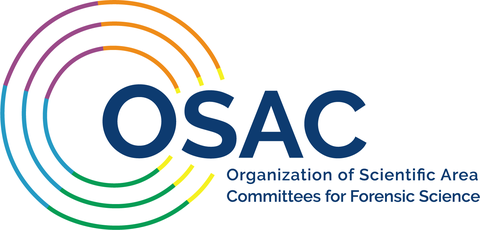NIST Announces Plans for OSAC 2.0
Changes to forensic science organization will streamline standards approval process

GAITHERSBURG, Md. — Today, the National Institute of Standards and Technology’s (NIST) Organization of Scientific Area Committees (OSAC) for Forensic Science announced new measures to make the process of evaluating standards faster and more efficient. The nation’s primary professional group focused on advancing technically sound forensic science standards is reorganizing its committees and welcoming public comment earlier in the standards review process in order to simplify its procedures and structure.
“The changes we are making will reduce the number of approvals required without compromising the technical rigor of the review process,” said Richard Cavanagh, director of the NIST Special Programs Office, which administers OSAC.
OSAC members, who work in forensic laboratories and other institutions around the country, have expertise in 25 forensic science disciplines, as well as scientific research, measurement science, statistics, law and policy. These experts evaluate forensic science standards via a transparent, consensus-based process that allows for participation by all stakeholders. Recently approved standards include those for disaster victim identification, forensic toxicology and laboratory competency requirements.
In 2017, NIST published a notice in the Federal Register requesting public input on how to improve OSAC. Fifty-nine stakeholders, including professional organizations, accrediting bodies, courtroom advocates and other groups and individuals responded. NIST also met with several forensic science associations to collect additional input.
OSAC 2.0
In the new OSAC, OSAC 2.0, the number of subcommittees will be reduced from 25 to 17 to unify those that cover similar areas and those that would benefit from working more closely together. NIST will work with OSAC leadership over the next year to finalize the subcommittee structures, names and focus areas. Resource group members will become voting members of subcommittees so their input is received earlier, but the resource groups themselves will no longer exist.
In addition, OSAC 2.0 will invite public input earlier in the process, which should reduce the time it takes for draft standards to clear all the necessary hurdles. Finally, draft standards will be made available while they undergo final vetting before publication to allow laboratories to get a jump on implementing new procedures.
NIST and the Department of Justice formed OSAC in 2014. To date, 19 standards have been posted to the OSAC Registry of Approved Standards, and more than 200 are in the pipeline.
More details about the reorganization plan are available on the OSAC website.

